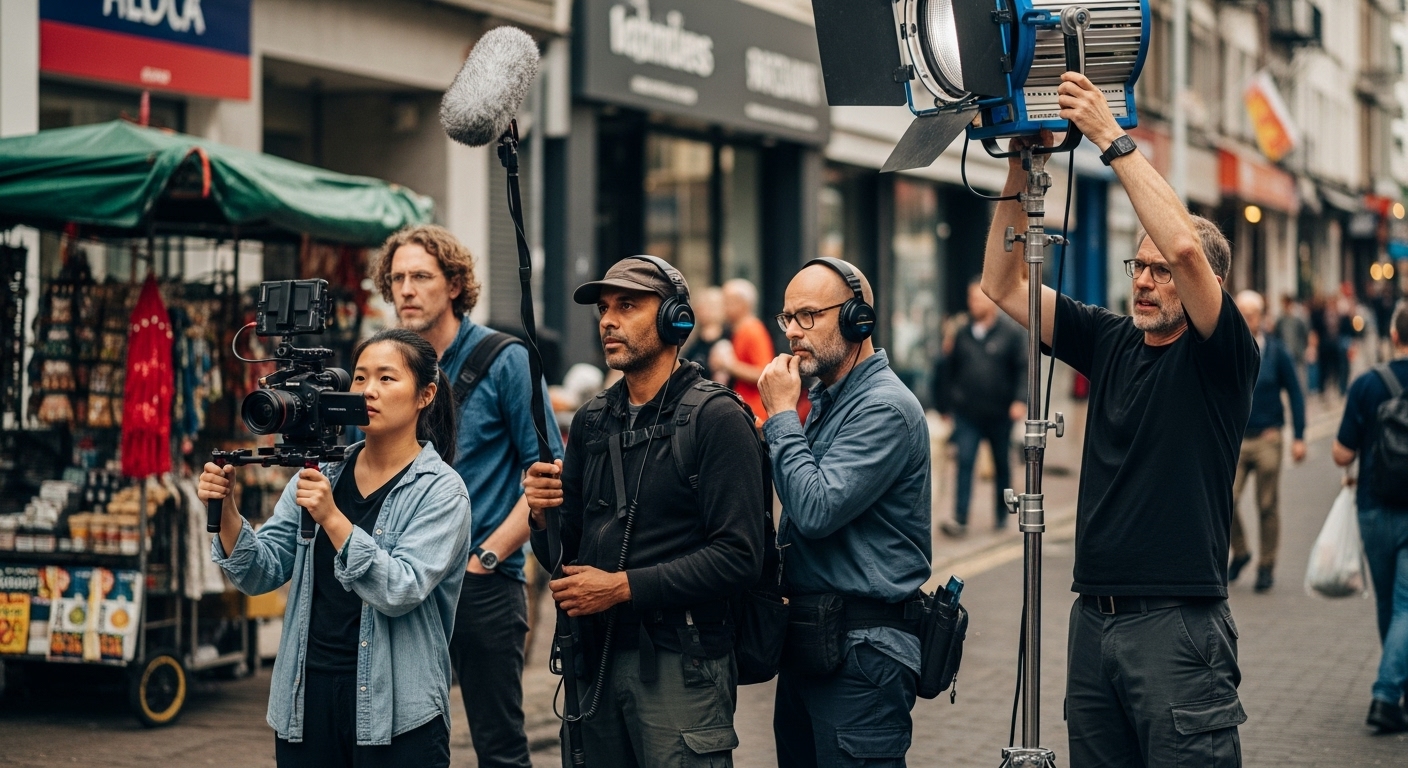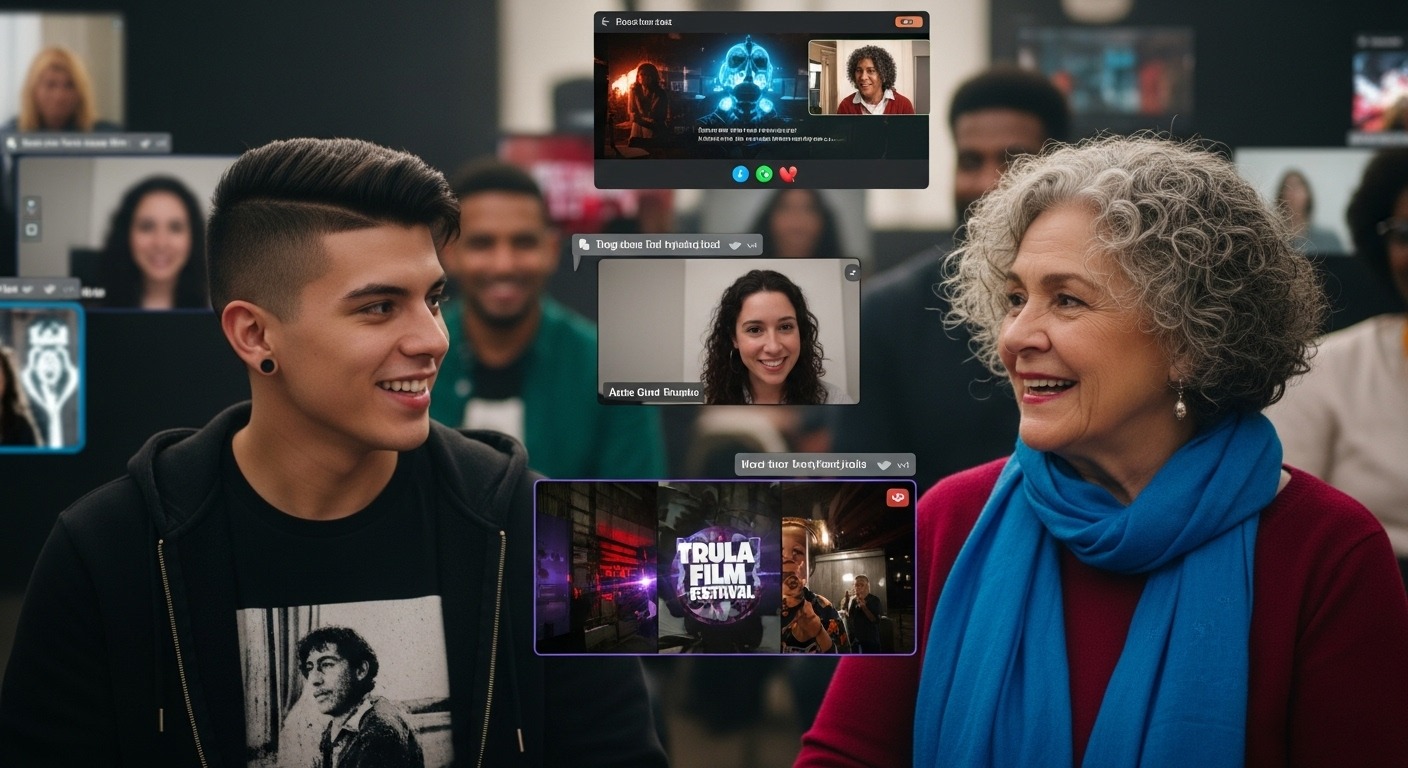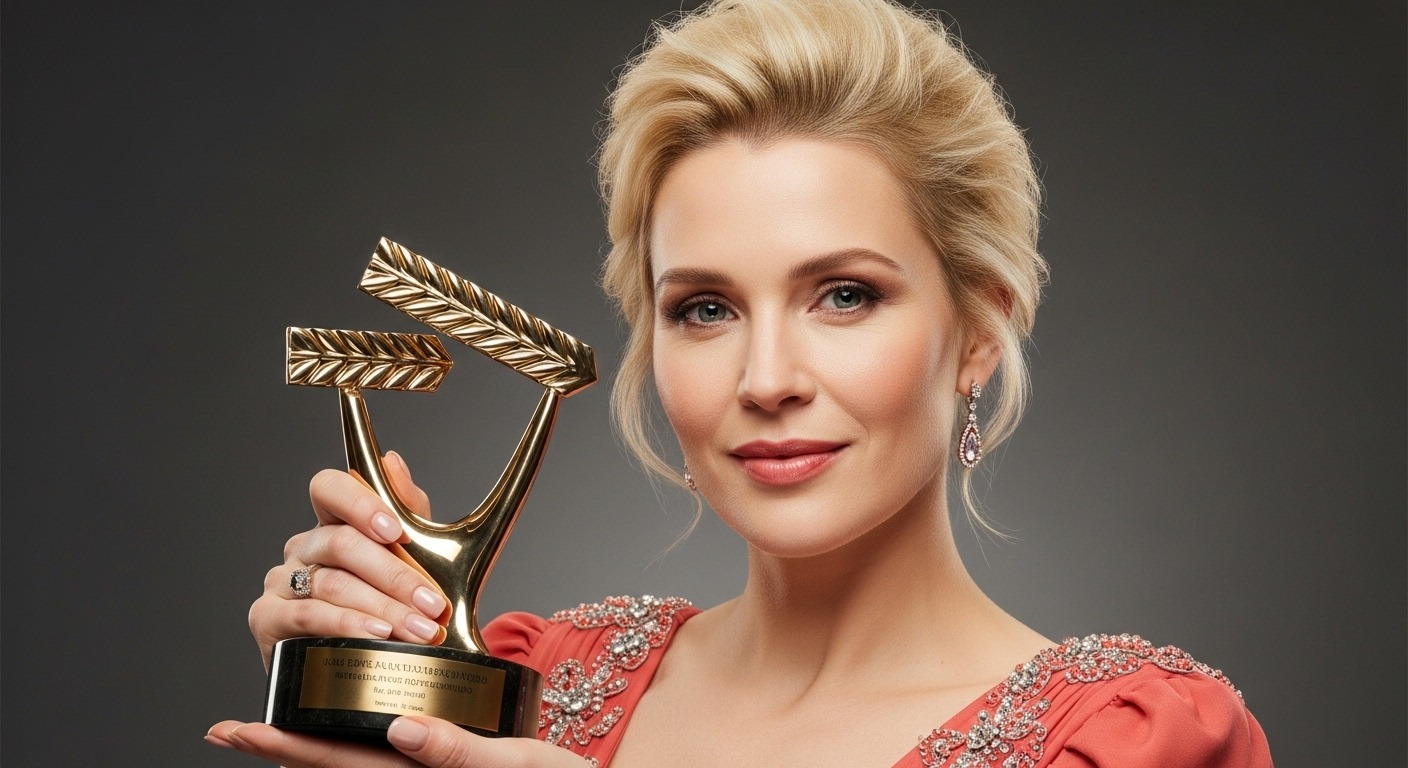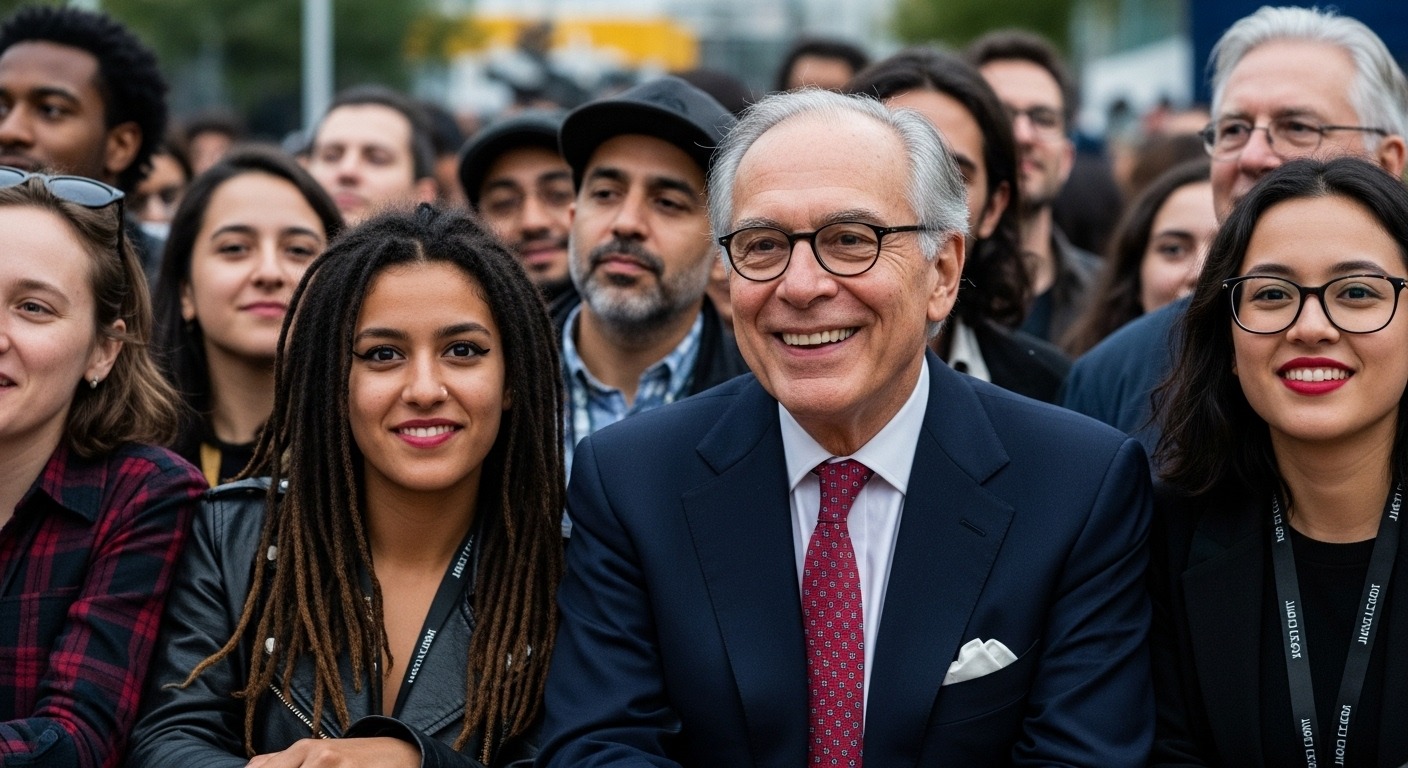Observational documentaries are a type of non-fiction film that aims to capture real-life events, situations, and characters as they unfold in real-time. Unlike other forms of documentary filmmaking that rely on scripted scenes or voice-over narration, observational documentaries allow viewers to experience events as they naturally occur. This genre has gained immense popularity in the past few decades due to its raw and unfiltered approach to storytelling.
The importance of observational documentaries in the film industry cannot be overstated. These films offer a unique perspective on the world around us by bringing attention to underrepresented communities, exposing societal issues, and providing a platform for people’s voices who might not otherwise be heard.
Observational documentaries hold up a mirror to society, allowing us to see ourselves as we are – warts and all. Furthermore, observational documentaries have an ability to create a powerful connection between viewers and subjects.
By removing the artificial barriers between audience members and those being filmed, this genre gives viewers an opportunity for empathy towards human experiences vastly different from their own. In turn, this can lead to social change by bringing awareness to issues that may have been previously ignored or overlooked by media outlets.
Overall, observational documentaries serve as an essential tool for both understanding our world better and promoting advocacy for social justice causes. This article will explore the history, characteristics, techniques used in creating them using specific examples of successful productions while also discussing ethical considerations that are paramount when documenting reality through this form of filmmaking.
History of Observational Documentaries.
Early Pioneers of Observational Documentaries.
Observational documentaries have a long and rich history, stretching back to the early days of cinema. One of the earliest examples is Robert Flaherty’s Nanook of the North (1922), which follows an Inuit family as they go about their daily lives in the Canadian Arctic.
Flaherty pioneered many techniques that would become central to observational documentary filmmaking, such as shooting on location with non-actors and using natural light. Another important figure in the development of observational documentaries was John Grierson, who coined the term “documentary” and helped establish it as a unique genre.
Grierson believed that documentary films should reflect reality and social issues, rather than just entertain audiences. He founded The National Film Board of Canada in 1939, which produced many groundbreaking documentaries over the years.
Key Moments in Development of Observational Documentaries.
In the 1950s and 1960s, a group of filmmakers known as Direct Cinema or Cinema Verite emerged who pushed observational documentaries even further. They sought to capture reality without interfering or intervening in any way – no scripts, no setups, just raw footage. Among these filmmakers were Richard Leacock, D.A. Pennebaker, and Albert Maysles.
One key moment for observational documentaries was Pennebaker’s film Don’t Look Back (1967), which followed Bob Dylan on his 1965 tour through England. The film is now considered a classic example of both Direct Cinema and rockumentary filmmaking.
Another pivotal moment came with Frederick Wiseman’s Titicut Follies (1967), which documented life inside Bridgewater State Hospital for the criminally insane in Massachusetts. The film caused controversy due to its graphic depiction of patient mistreatment but also raised awareness of the need for reform in the psychiatric system.
Overall, the history of observational documentaries is rich and varied, with many important figures and key moments. The genre continues to evolve and innovate to this day.
Characteristics of Observational Documentaries.
Unscripted and unplanned nature.
Observational documentaries are known for their spontaneous, unscripted nature. Instead of following a traditional script, filmmakers often approach their subjects with a loose concept or idea in mind, allowing the story to unfold naturally in front of the camera.
This approach helps to capture real-life moments that feel authentic and genuine. The lack of a predetermined narrative allows for unexpected events to occur, giving viewers an intimate glimpse into the lives of the subjects.
Use of natural sound and minimal editing.
Another key characteristic of observational documentaries is the use of natural sound and minimal editing. Unlike other documentary styles where voiceovers or music may be added to tell a story, observational documentaries rely heavily on capturing real-life sounds as they happen.
This can include anything from ambient background noise to dialogue between subjects. By minimizing editing and post-production effects like music or voice-overs, filmmakers create a more immersive experience for viewers.
Emphasis on real-life situations and characters.
Observational documentaries are often focused on real-life situations and characters that audiences can relate to on a personal level. Filmmakers typically choose subjects that are ordinary people living their daily lives because they believe that these stories are just as compelling as any Hollywood blockbuster.
By highlighting everyday experiences through an observational lens, documentary filmmakers can provide viewers with an emotional connection to their subjects while also shedding light on important social issues.
Overall, the characteristics outlined above make observational documentaries unique in their storytelling style – allowing viewers to connect with real people in intimate ways.
Whether it’s capturing raw emotions or exploring complex social issues through everyday experiences, this type of filmmaking provides a powerful look into our world that simply cannot be replicated by other means.
Types of Observational Documentaries.
Direct Cinema: Objectivity and Non-Intervention.
Direct cinema is a style of observational documentary filmmaking that emerged in the 1950s and 1960s. It emphasizes objectivity and non-intervention, meaning that filmmakers aim to capture events as they happen without intervening or manipulating them. Filmmakers using this approach often employ lightweight, hand-held cameras that allow for greater mobility and flexibility.
They also use synchronous sound recording techniques to capture the natural sounds of the environment. Direct cinema’s emphasis on objectivity has been viewed as a reaction against traditional documentary films, which often relied on voiceovers, interviews, and reenactments.
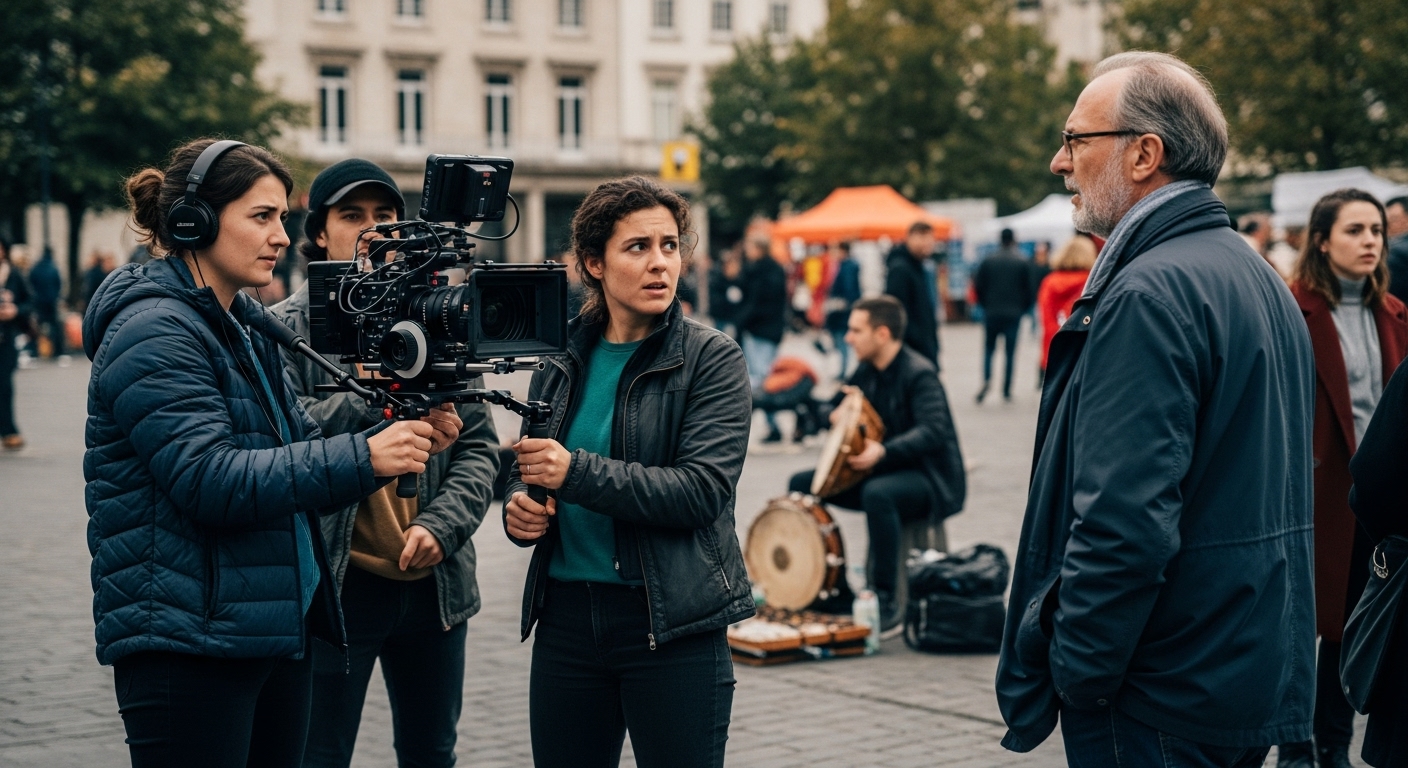
Instead of constructing a narrative through these methods, direct cinema allows viewers to form their own interpretations based solely on what they see and hear.
Some notable examples of direct cinema include “Primary” (1960), directed by Robert Drew; “Salesman” (1968), directed by Albert Maysles, David Maysles, and Charlotte Zwerin; and “Grey Gardens” (1975), directed by Albert Maysles and David Maysles.
Cinema Verite: Subjective Interpretation by the Filmmaker.
Cinema verite is another style of observational documentary filmmaking that originated in France in the 1960s. Unlike direct cinema, cinema verite allows for more subjective interpretation by the filmmaker.
This means that filmmakers may intervene or manipulate events if they feel it will lead to a deeper understanding of their subjects. Filmmakers using this approach also tend to use larger cameras mounted on tripods or dollies rather than handheld cameras.
They may also use non-synchronous sound recording techniques such as voiceovers or music to create a specific mood or tone.
Some notable examples of cinema verite include “Chronicle of a Summer” (1961), directed by Jean Rouch and Edgar Morin, “Don’t Look Back” (1967), directed by D.A. Pennebaker; and “Gimme Shelter” (1970), directed by Albert Maysles, David Maysles, and Charlotte Zwerin.
The Blurring of Direct Cinema and Cinema Verite.
While direct cinema and cinema verite are often presented as distinct styles of filmmaking, in reality, the lines between them can be blurry. Many filmmakers incorporate elements of both approaches into their work.
For example, while direct cinema emphasizes objectivity, a filmmaker may still choose which events to film and how to frame them.
Similarly, while cinema verite allows for subjective interpretation, a filmmaker may still strive for authenticity in their portrayal of events.
Ultimately, the distinction between direct cinema and cinema verite is less important than the overall goal of observational documentary filmmaking: to capture real-life events as they happen in an engaging and meaningful way.
Techniques Used in Observational Documentaries.
Long takes and extended shots to capture real-time events.
One of the key techniques used in observational documentaries is the use of long takes and extended shots. This allows filmmakers to capture real-time events, creating a sense of realism that draws viewers into the action.
By using long takes, filmmakers can give viewers a sense of being there, allowing them to experience events as if they were happening right in front of them. Long takes are also an effective tool for building tension and suspense.
In some cases, filmmakers may use a single long take to build tension throughout an entire scene, drawing viewers in with minimal editing or manipulation. This technique can be especially effective when combined with natural soundscapes, such as ambient noise or music.
Use of handheld cameras to create an immersive experience for viewers.
Another common technique used in observational documentaries is the use of handheld cameras. This creates an immersive experience for viewers, allowing them to feel as though they are part of the action.
Handheld cameras allow filmmakers to move freely around a scene, capturing different angles and perspectives that might not be possible with traditional camera setups. Handheld cameras can also help filmmakers establish a sense of intimacy with their subjects.
By getting up close and personal with their subjects, filmmakers can create a connection between the viewer and those on screen. This can help viewers empathize with those on screen and create a deeper emotional connection with the film.
Interview techniques that allow subjects to speak freely and candidly.
Interviews are often an essential component of observational documentaries. However, unlike traditional interviews where questions are carefully scripted out beforehand, interviews in observational documentaries often allow subjects to speak freely and candidly about their experiences.
Filmmakers may use open-ended questions or prompts rather than specific questions designed to elicit certain responses.
This can lead to more honest and authentic responses from subjects, allowing viewers to gain a deeper understanding of their experiences. In addition, filmmakers may try to put their subjects at ease before conducting interviews.
This can help build trust between the subject and the filmmaker, allowing for more candid responses. By creating a comfortable environment for interviews, filmmakers can help ensure that their subjects feel heard and respected.
Examples of Successful Observational Documentaries.
Grey Gardens (1975): A Haunting Portrait of Isolation and Delusion.
Grey Gardens is a timeless documentary that has captured the hearts of millions since its release in 1975. Directed by Albert and David Maysles, the film chronicles the everyday lives of Jackie Kennedy Onassis’ eccentric aunt Edith Ewing Bouvier Beale and her daughter Edith “Little Edie” Bouvier Beale.
The mother-daughter duo live in a run-down mansion in East Hampton, New York, surrounded by cats, raccoons, and their own delusions. Grey Gardens is an intimate portrait of two women who are isolated from society and each other.
The Maysles brothers use observational techniques to capture the essence of the Beales’ life. They do not intervene or direct; instead, they allow their subjects to speak freely and candidly.
The result is a film that is both hauntingly sad and darkly humorous. Grey Gardens has influenced countless documentaries since its release and has become a cult classic.
Hoop Dreams (1994): An Epic Exploration of Dreams Deferred.
Hoop Dreams is a critically acclaimed documentary directed by Steve James that follows the journey of two high school basketball players from Chicago’s inner city as they navigate their way through high school, college recruitment, and the challenges that come with chasing their dreams.
William Gates and Arthur Agee are talented athletes who have big ambitions but face obstacles such as poverty, racism, injuries, and academic pressure. James spent five years shooting over 250 hours of footage to create this epic exploration of dreams deferred.
Hoop Dreams was groundbreaking for its time because it challenged traditional stereotypes about black masculinity in sports media. The film provides an unfiltered look at what it takes to make it as a basketball player at a young age.
The War Room (1993): A Behind-the-Scenes Look at Presidential Campaigns.
The War Room is a documentary directed by Chris Hegedus and D.A. Pennebaker that provides an inside look at Bill Clinton’s 1992 presidential campaign. The film focuses on the behind-the-scenes operations of the campaign, particularly the work of James Carville and George Stephanopoulos, two key advisors to Clinton. The War Room is a fascinating exploration of political strategy and messaging.
It also offers insights into the personalities behind the campaign, including Clinton himself. The film won critical acclaim for its candid portrayal of political operatives and its unique perspective on how campaigns are run.
Paris is Burning (1990): A Groundbreaking Look into Drag Culture.
Paris is Burning is a groundbreaking documentary that explores drag culture in New York City’s African American and Latino LGBTQ communities. Directed by Jennie Livingston, the film provides an intimate look into “ball culture,” where participants compete in categories such as “face,” “femme queen realness,” and “voguing.”
Paris is Burning was revolutionary for its time because it gave voice to marginalized communities who were often ignored by mainstream media.
The film shed light on issues such as racism, homophobia, and poverty while also celebrating individuality and self-expression. It has since become a cult classic within LGBTQ communities worldwide.
Ethical Considerations in Observational Documentary Filmmaking.
Issues around Consent.
Obtaining consent is a crucial ethical consideration in observational documentary filmmaking. Filmmakers must ensure that they have the consent of all individuals who appear on camera, especially if those individuals are vulnerable or unaware of the implications of being filmed.
Obtaining consent can be a complex process, particularly in situations where there is a language barrier or cultural differences. Filmmakers must be transparent about their intentions and explain to subjects exactly how their footage will be used.
In some cases, it may also be necessary to secure written releases from subjects. One area where obtaining consent has been a particular challenge is in the filming of minors.
It is important for filmmakers to obtain the informed consent of both parents and children before filming begins. In situations where parental consent cannot be obtained, filmmakers must proceed with caution and may need to consult with child protection agencies or legal counsel.
Issues around Privacy.
Privacy issues are another key ethical consideration in observational documentary filmmaking. Filmmakers must ensure that they do not intrude on the privacy of their subjects by filming them without their knowledge or in private moments without permission.
Additionally, filmmakers must consider the impact that filming may have on an individual’s personal life and relationships after filming takes place.
One solution to privacy concerns is to use blurred images or voice distortion techniques when necessary to protect identities. However, this can also affect the authenticity of the documentary and compromise its integrity as an observational piece.
Issues around Exploitation.
Exploitation is another ethical issue that arises in observational documentary filmmaking. Documentarians must avoid exploiting vulnerable people for personal gain, entertainment value, or shock value.
Such exploitation could harm individuals emotionally or damage their reputation irreparably. It’s crucial for filmmakers to think critically about whether they are exploiting their subjects in any way.
To avoid exploitation, documentarians may need to make choices about which scenes to cut or when to stop filming. Ultimately, it is up to the filmmaker’s judgment and their understanding of the context and culture of the subjects being filmed.

Observational documentary filmmaking requires a high level of ethical consideration in order to ensure that subjects are treated with respect and that the documentary accurately reflects their lives and experiences.
Consent, privacy, and exploitation are three key issues that must be carefully navigated by filmmakers in order to create documentaries that are both impactful and ethical.
What is an observational documentary?
An observational documentary is a type of documentary film that attempts to capture real-life situations without interfering with them. The filmmaker typically uses a handheld camera to follow the subjects around and films them as they go about their daily lives. There is no narration or voiceover, and the film is edited to create a sense of realism.
How is an observational documentary different from other types of documentaries?
Other types of documentaries, such as expository documentaries, use narration or voiceover to explain the events of the film. They may also use reenactments or archival footage. Observational documentaries, on the other hand, try to present a more objective view of reality by letting the events unfold on their own.
What are the key features of an observational documentary?
- Handheld camera: Observational documentaries are typically shot with a handheld camera, which gives the film a more realistic feel.
- Long takes: Observational documentaries often use long takes, which allows the viewer to see the events unfold in real time.
- No narration or voiceover: Observational documentaries typically do not have narration or voiceover. This allows the viewer to form their own opinions about the events of the film.
- Minimal editing: Observational documentaries are often edited very minimally. This allows the viewer to see the events of the film unfold in a natural way.
What are some examples of observational documentaries?
- Chronicle of a Summer (1961)
- Don’t Look Back (1967)
- Grey Gardens (1975)
- Salesman (1969)
- Hoop Dreams (1994)
- Hoop Dreams (1994)
How do observational documentaries capture real-life events?
Observational documentaries capture real-life events by using a handheld camera to follow the subjects around and filming them as they go about their daily lives. The filmmaker does not interfere with the events, and the film is edited to create a sense of realism.
What is the purpose of an observational documentary?
The purpose of an observational documentary is to present a realistic and objective view of reality. The filmmaker does not try to tell the viewer what to think, but rather allows them to form their own opinions about the events of the film.
How do observational documentaries differ from reality TV shows?
Observational documentaries differ from reality TV shows in several ways. First, observational documentaries are typically made by filmmakers with a background in documentary filmmaking, while reality TV shows are often made by producers with a background in television production.
Second, observational documentaries are typically more realistic than reality TV shows, which often use staged or scripted events. Third, observational documentaries typically do not have a narrator or voiceover, while reality TV shows often have a narrator or voiceover that tells the viewer what to think.
What are the challenges of making an observational documentary?
One of the biggest challenges of making an observational documentary is finding subjects who are willing to be filmed. Many people are hesitant to be filmed in their everyday lives, and filmmakers often have to spend a lot of time building trust with their subjects before they are willing to participate in the film.
Another challenge of making an observational documentary is editing the film. The filmmaker must carefully choose which shots to include in the film in order to create a sense of realism and objectivity.
How do filmmakers maintain objectivity in observational documentaries?
Filmmakers maintain objectivity in observational documentaries by not interfering with the events of the film. They do not tell the subjects what to do or say, and they do not edit the film in a way that tries to make the subjects look good or bad.
The filmmaker’s goal is to present a realistic and objective view of reality, and they do this by letting the events unfold on their own.
What are the ethical considerations in making an observational documentary?
There are a number of ethical considerations that filmmakers must take into account when making an observational documentary. One of the most important considerations is the privacy of the subjects.
Filmmakers must make sure that they have the subjects’ consent before filming them, and they must also be careful not to film anything that could be considered private or embarrassing.
Another ethical consideration is the power dynamic between the filmmaker and the subjects. Filmmakers must be aware of the fact that they have more power than their subjects, and they must use this power responsibly.
How do observational documentaries impact society?
Observational documentaries can impact society in a number of ways. They can raise awareness of important issues, they can change people’s perspectives on the world, and they can inspire people to take action.
For example, the documentary “Hoop Dreams” raised awareness of the challenges that inner-city kids face in trying to achieve their dreams of playing professional basketball.
Conclusion.
Observational documentaries have become an integral part of the film industry, providing a unique and authentic perspective on real-life situations and characters.
From its early pioneers to present-day filmmakers, observational documentary has evolved and expanded to include various styles and techniques that give viewers a glimpse into the lives of others. The impact of observational documentaries extends beyond entertainment value.
These films serve as powerful tools for social change, bringing awareness to important issues and giving voice to those who may otherwise be silenced. They allow us to see ourselves in others, fostering empathy and understanding across different cultures, races, genders, and socioeconomic backgrounds.
As we look towards the future of observational documentaries, we can expect continued innovation in storytelling techniques and increased accessibility for filmmakers from diverse backgrounds.
It is through these films that we can continue to learn about ourselves and the world around us, striving towards greater understanding, acceptance, and positive change.

I am a highly experienced film and media person who has a great deal to offer to like-minded individuals. Currently working on several exciting projects, I am a film and media practitioner for over a decade. I have achieved a great deal of success in my professional career.
